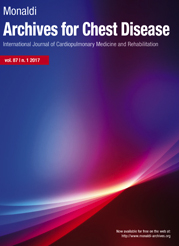Nafithromycin: advancements in antibiotic therapy against community-acquired pneumonia-resistant pathogens
All claims expressed in this article are solely those of the authors and do not necessarily represent those of their affiliated organizations, or those of the publisher, the editors and the reviewers. Any product that may be evaluated in this article or claim that may be made by its manufacturer is not guaranteed or endorsed by the publisher.
Authors
Nafithromycin (WCK 4873) is a novel lactone ketolide antibiotic developed to address the critical issue of multidrug-resistant bacteria, especially those causing community-acquired pneumonia (CAP). Given the increasing prevalence of antibiotic resistance, there is a pressing need for new antibiotics with improved efficacy and safety profiles. This review synthesizes data from various in vitro studies and clinical trials to evaluate the pharmacological properties, mechanism of action, and clinical potential of nafithromycin. Key clinical trials assessed the drug's pharmacokinetics, safety, and efficacy in both healthy volunteers and patients with CAP. Nafithromycin exhibits strong in vitro antimicrobial activity against a broad spectrum of pathogens, including macrolide-resistant and telithromycin-insensitive strains. Clinical trials demonstrated that nafithromycin has a favorable pharmacokinetic profile, with high lung tissue concentrations and manageable side effects. Phase I studies confirmed its safety and tolerability in healthy adults, while Phase II trials showed its efficacy in treating CAP, with a 3-day treatment regimen proving comparable to a seven-day regimen of moxifloxacin. Nafithromycin holds significant promise as a therapeutic agent against respiratory infections caused by resistant bacteria. Its unique mechanism of action, high tissue penetration, and broad-spectrum activity position it as a valuable addition to the antimicrobial arsenal. Continued research and clinical trials are essential to further define its role in combating antibiotic resistance and ensuring effective treatment options.
How to Cite

This work is licensed under a Creative Commons Attribution-NonCommercial 4.0 International License.






